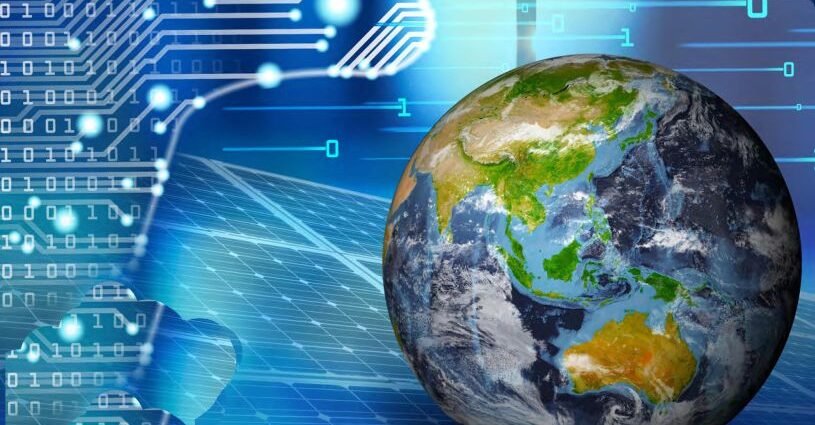For many years, scientists relied on physics and chemistry to create climate prediction models. However, now artificial intelligence (AI) is being used to collect and organize data related to flood risk and regulatory status, transforming unstructured data into structured data that can be used for intelligent exploration and design.

Modern Artificial Intelligence uses machine learning, a type of software that detects patterns from large datasets without being explicitly programmed, unlike traditional software. AI relies on implicit programming through historical data and simulations to train models and extract patterns.
One such tool is the ICEF (Innovation for Cool Earth Forum) roadmap, a document that was designed to facilitate dialogue at COP28 in December, 2023. ICEF inquired, “Can AI help cut emissions of greenhouse gases?”
Artificial Intelligence is analyzing vast amounts of data from earth-observation satellites, airplanes, drones, land-based monitors, the Internet of Things (IoT), social media, and other technologies to improve understanding of greenhouse gas emissions.

Artificial Intelligence is being used in various sectors, including the power sector, manufacturing, materials innovation and food system.
In the Power Sector it is being used for :-
- finding the best size and location for solar and wind power projects,
- predicting weather conditions that affect their generation,
- enhancing the detection of faults and forecasting outages in distribution grids, and
- facilitating the implementation of demand response and vehicle-to-grid (V2G) programs.

In the Manufacturing Sector, AI is assisting in reducing carbon emissions by :-
- allowing manufacturers to quickly and effectively address production problems,
- learn from past errors using historical data, enhance production efficiency,
- encourage recycling and circularity by adjusting to different recycled materials,
- decrease energy usage,
- explore alternative energy sources, and
- optimize manufacturing schedules and supply chains to minimize logistical burdens.

In the Food Systems, AI is significantly reducing GHG emissions by :-
- combining data from various sources it determines the best schedule for applying fertilizer to crops in order to minimize GHG emissions and maximize crop yields,
- predicting future fertilizer needs based on different climate conditions,
- analyzing data on plant characteristics to optimize carbon removal and storage,
- optimizing land use for renewable energy generation,
- predicting pest and disease outbreaks,
- creating alternative protein products with lower carbon footprints, and
- reducing food waste by harvesting at the right time to prevent spoilage
Thus, Artificial Intelligence is making important contributions to scientific understanding of climate change. It is improving climate-model performance, providing more advanced warning of extreme weather events and helping attribute extreme weather events to the increase in heat-trapping gasses in the atmosphere, so governments should assist in developing and sharing data for AI applications that mitigate climate change and should establish policies to promote standardization and harmonization of climate and energy-transition data.
Reference- National Geographic, COP28, ICEF (Innovation for Cool Earth Forum) roadmap document, Clean Technica






